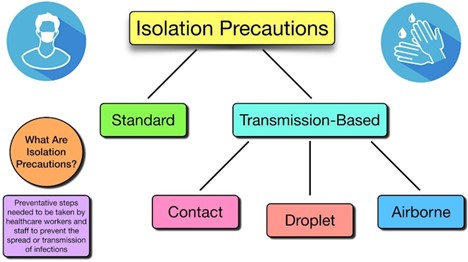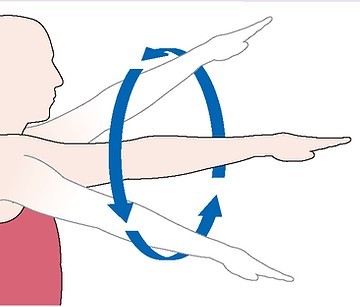The nurse should utilize what type of precaution when palpating the lips in a healthy adult?
Contact precautions.
Airborne precautions.
Standard precautions.
Droplet precautions.
The Correct Answer is C
Standard precautions refer to the basic infection prevention measures that should be taken with all patients, regardless of their known or suspected infection status. This includes hand hygiene, the use of personal protective equipment (such as gloves), and the proper handling and disposal of contaminated items.
If there is a concern for an infection, additional precautions may be necessary based on the suspected or confirmed pathogen. In such cases, the nurse should follow transmission-based precautions, which are specific measures designed to prevent the spread of certain types of infections. For example, if there is a concern for a respiratory infection such as influenza, the nurse may need to use droplet precautions, which would include wearing a mask in addition to standard precautions.
It's important for the nurse to assess the patient's medical history and current condition to determine what precautions are necessary. The nurse should also be aware of and follow the infection control policies and procedures of their healthcare facility.

Nursing Test Bank
Naxlex Comprehensive Predictor Exams
Related Questions
Correct Answer is B
Explanation
Circumduction is a movement that involves the circular rotation of a limb, such as an arm or leg, around a fixed point. When assessing the patient's range of motion, the nurse may ask the patient to perform circumduction of their arms to evaluate their ability to move their arms in a circular motion.

Correct Answer is B
Explanation
Objective data refers to measurable and observable information gathered during a patient assessment, such as physical signs, laboratory values, and other measurable data. In this case, the loss of hair on bilateral legs can be observed and measured, making it an objective finding. Options a, c, and d are all subjective data as they rely on the patient's report or description of their symptoms, which cannot be directly observed or measured.
Whether you are a student looking to ace your exams or a practicing nurse seeking to enhance your expertise , our nursing education contents will empower you with the confidence and competence to make a difference in the lives of patients and become a respected leader in the healthcare field.
Visit Naxlex, invest in your future and unlock endless possibilities with our unparalleled nursing education contents today
Report Wrong Answer on the Current Question
Do you disagree with the answer? If yes, what is your expected answer? Explain.
Kindly be descriptive with the issue you are facing.
